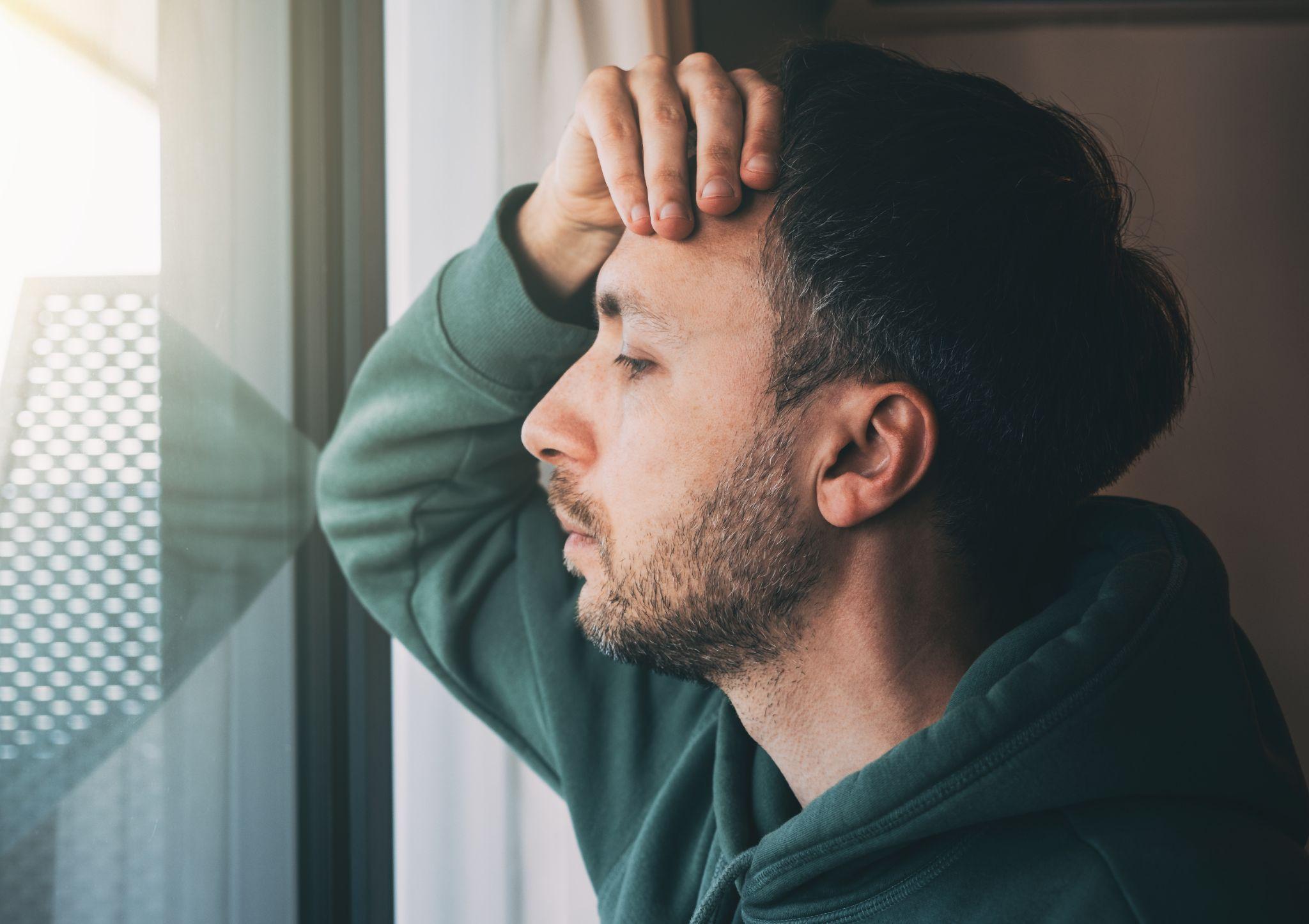Dealing with alcohol cravings is a pivotal part of the journey toward recovery. These cravings are not simply a matter of willpower—they are complex and multifaceted, intertwining psychological, physiological, and environmental factors.
We’ll explore the facts behind experiencing alcohol cravings and offer practical, compassionate strategies to manage and overcome them. At Lumina Recovery, our mission is to empower you with knowledge and tools that support your journey towards a healthier, alcohol-free life.
Fact 1: Alcohol cravings are often triggered by psychological and environmental cues
Cravings are often triggered by a complex interplay of psychological and environmental cues. These cues, or triggers, can be diverse.
They may include seeing a commercial for alcohol, passing by a place where you used to drink alcohol, or encountering social situations where others are drinking. Even certain smells or sounds can evoke a strong association with alcohol.
Emotionally, feelings of stress, anxiety, or even happiness can trigger cravings, as alcohol is often used as a coping mechanism or a means to celebrate.
How to Beat Them
The key to managing alcohol cravings from these triggers is through awareness and coping strategies. Mindfulness-based interventions can be particularly effective. These interventions teach individuals to recognize and accept their cravings without acting on them.
Cognitive behavioral therapy (CBT) is another powerful tool. CBT helps in identifying negative thought patterns and replacing them with healthier ways of thinking.
Practicing relaxation techniques, such as deep breathing or progressive muscle relaxation, can also help in reducing the intensity of cravings when triggered.
Fact 2: Cravings can stem from physical dependency
Over time, regular alcohol use can cause changes in the brain’s neurochemistry, particularly in the reward and pleasure centers. This can lead to a physical dependency on alcohol.
When a dependent individual stops drinking, their body has to adjust to the absence of alcohol, which can result in intense cravings and physical sensations. These cravings are a physical response to the body’s desire to re-establish what it perceives as chemical balance.
Symptoms can include anxiety, irritability, nausea, and even physical discomfort, making the urge to drink even more compelling.
How to Beat Them
Intervention is often necessary to safely manage these withdrawal symptoms. This may include supervised detoxification to reduce cravings, where healthcare professionals can monitor and ease withdrawal symptoms.
Post-detox, participating in a structured recovery program is crucial, especially during early recovery. These programs can provide ongoing support and resources necessary for long-term recovery, including group therapy, individual counseling, and relapse prevention strategies.
Fact 3: Emotional states can influence cravings
For those struggling with alcohol, emotional states can be a significant trigger when fighting alcohol cravings.
Many individuals turn to alcohol as a coping mechanism for a period of time with negative emotions like stress, anxiety, or depression. Positive feelings, like wanting to celebrate or enhance a happy moment, can also trigger cravings.
This reliance on alcohol for emotional management establishes a harmful pattern where you feel the need to drink to handle your emotions.
The challenge here is twofold: not only do you have to deal with the physical aspect of cravings, but also learn new, healthier ways to process and cope with emotions.
How to Beat Them
Adapt strategies for building resilience like cognitive behavioral therapy (CBT), which helps in retraining your thoughts and responses to emotions.
Mindfulness and meditation can also be beneficial in developing a greater awareness of your emotional state and learning to sit with your feelings without acting on them impulsively.
Physical activities, such as exercise, yoga, or even just taking a walk, can significantly improve mood and reduce stress.
Additionally, building a strong support network, including friends, family members, and support groups, ensures that you have people to turn to when you’re experiencing challenging emotions.
Fact 4: Habitual behavior plays a role in cravings
Over time, drinking can become a routine response to certain situations, times, or emotions. This habitual nature of drinking means that you might find yourself craving alcohol in specific contexts, even if there is no physical dependency or emotional trigger present.
The power of habit lies in its automaticity—habits form a part of our unconscious behavior, which means we might reach for a drink without even thinking about it. Changing these patterns requires a conscious effort and a strategy to replace old habits with new, healthier ones.
How to Beat Them
To break these habits, start by identifying your routine drinking patterns. Once you identify these patterns, you can begin to disrupt them.
Replacing the drinking habit with a new, positive activity is crucial. For instance, if you usually drink in the evenings, try replacing this time with a different activity like going to the gym, pursuing a hobby, or attending a support group meeting.
Additionally, changing your environment can help in breaking these habits. This could mean avoiding places where you used to drink or rearranging your home to eliminate reminders of drinking. The key is to create a new routine that supports sobriety.
Fact 5: Social situations can trigger cravings

Social situations are a common trigger for those with alcohol use disorder, especially in cultures where drinking is a significant part of socializing.
Being around others who are drinking, or being in places where alcohol is readily available, can increase the temptation to drink.
For many, drinking is associated with social activities, celebrations, and relaxation. When trying to maintain sobriety, these situations can be challenging to navigate, as the association between socializing and drinking can be strong and deeply ingrained.
How to Beat Them
Building a new social life that supports sobriety is key. This might mean making new friends who don’t drink or finding social activities that don’t involve alcohol.
Support groups can also provide a sense of community and understanding, which can be very comforting.
When you can’t avoid being in situations where alcohol is present, having a plan is crucial. This might include having an accountability partner, carrying a non-alcoholic drink in your hand, or having ready responses for when you’re offered a drink.
Also, setting boundaries for yourself and communicating them clearly to others can help reduce the pressure to drink.
Lastly, it’s important to remember that it’s okay to leave a situation if you feel your sobriety is at risk. Your well-being and recovery are the top priorities, and it’s essential to put your needs first.
Beat Alcohol Cravings with Lumina Recovery
Navigating the complexities of alcohol cravings is challenging, yet entirely achievable. Understanding the multi-dimensional nature of these cravings is the first step in learning about alcohol addiction treatment.
Implementing a variety of coping strategies, from professional support to emotional resilience and social adjustments, is essential. At Lumina Recovery, we advocate for a holistic approach, addressing not only the physical but also the psychological and social aspects of addiction.
Remember, you’re not alone on this path. With the right support and resilience, you can conquer these cravings and stride confidently towards a healthier, more fulfilling future.
If you or someone you love is struggling, contact Lumina Recovery today.



